Description
The book is centred on Irish Traditional music but also looks into the playing styles of England, Scotland, Scandinavia, East European and much more. Ideal for the budding folk musician, or classical player looking for something a little different!
Folk fiddle and classical violin are as different as chalk and cheese. At first glance, folk might seem so simple it’s hardly worth bothering with. The tunes are often no more than 32 bars long, they stay in first position, and they don’t even have a composer. However, it’s what’s NOT written on the page that makes folk fiddle so interesting and challenging.
This book attempts to explore, from general observation down to the finest detail, what the fiddler needs to know to bring these tunes alive. We need to understand their history and context, their purpose, their structure and pulse. And we need to be able to add all the stylistic elements that come not from reading the music, bu from years of immersion in folk music, both listening and playing.
Key areas covered include:
- Tune types and structures
- Ornamentation
- Bowing
- Modes and Scales
- Scordatura
- Starts, endings and links
- Variation, improvisation and composition
- Playing tunes in ‘sets’
- Regional and individual style
- Playing in sessions, for contests and for dancing
This book is centered around Irish traditional music, but also dips into English, Scottish, Scandinavian, East European, Klezmer, Cajun and American Old-Time traditions. It is aimed both at the classical player approaching folk for the first time, and at the seasonal fiddler who wants to deepen and broaden their understanding, repertoire and technique.
Only logged in customers who have purchased this product may leave a review.
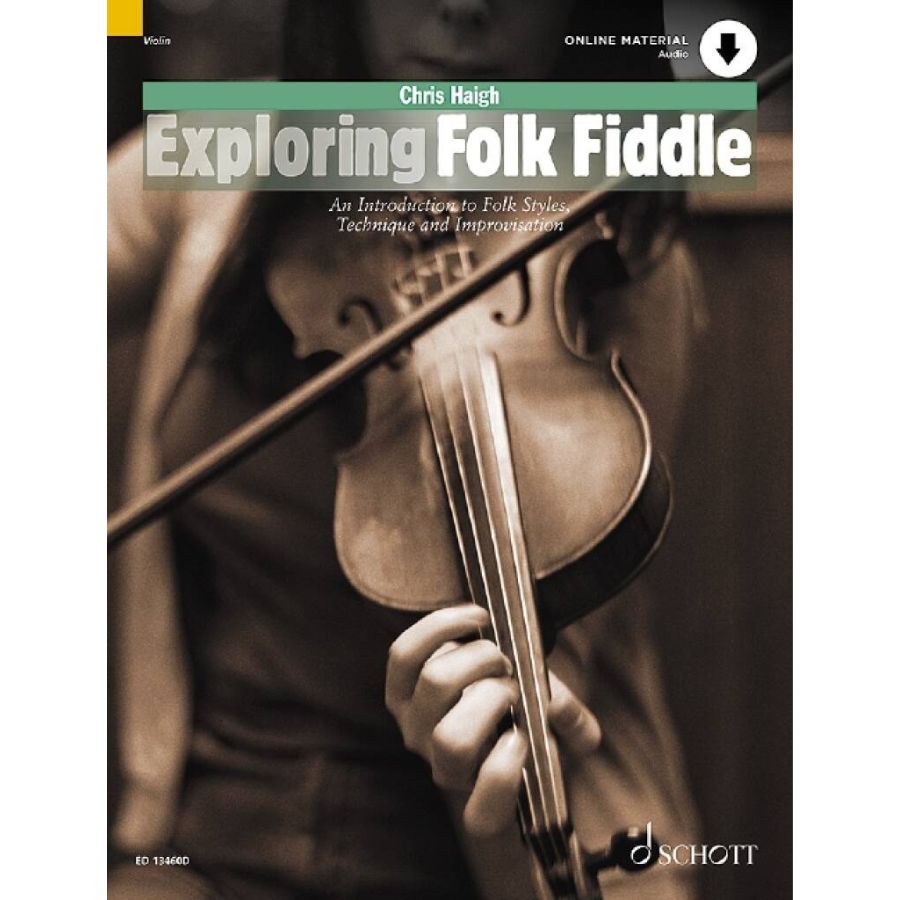
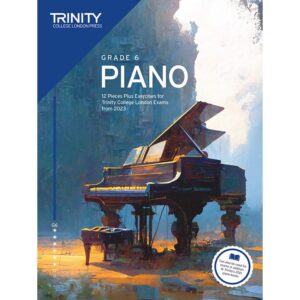
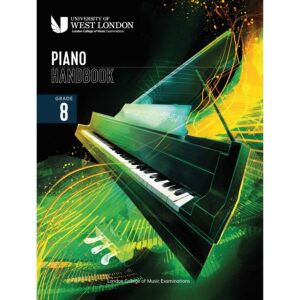
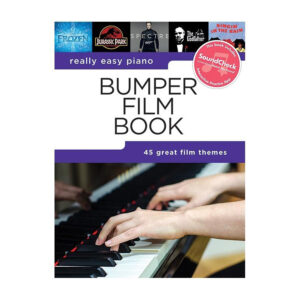
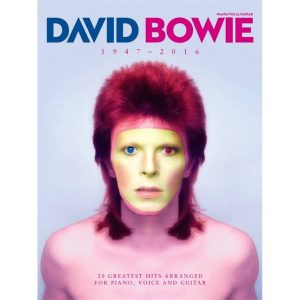
Reviews
There are no reviews yet.